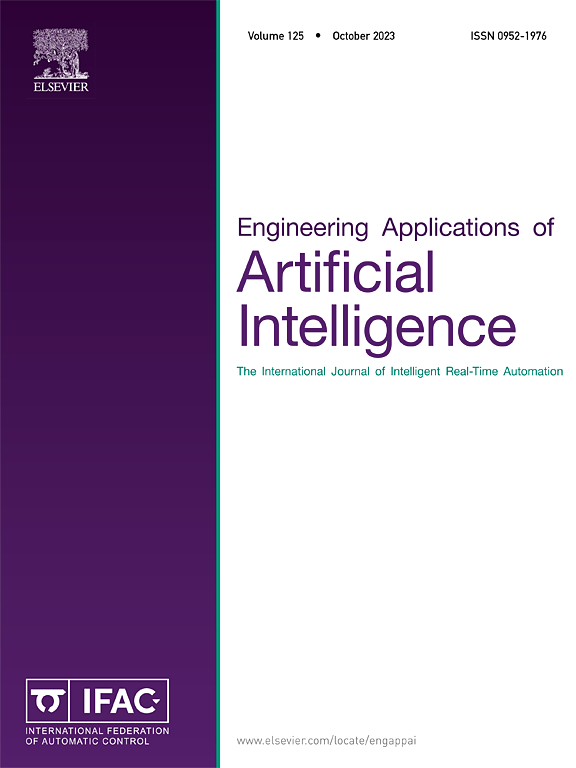A single-valued neutrosophic affinity propagation approach for engineering geological zoning of open-pit mine slopes
IF 7.5
2区 计算机科学
Q1 AUTOMATION & CONTROL SYSTEMS
Engineering Applications of Artificial Intelligence
Pub Date : 2025-02-21
DOI:10.1016/j.engappai.2025.110316
引用次数: 0
Abstract
Engineering geological zoning is an important foundation for assessing the stability of open-pit mine (OPM) slopes. Because of the complexity and uncertainty of geological conditions, this work brings great challenges to mining engineers and researchers. This paper presents a single-valued neutrosophic affinity propagation (SVNS-AP) approach for engineering geological zoning of OPM slopes. The approach utilizes the concept of a single-valued neutrosophic set (SVNS) to express the inconsistent and indeterminate information present in the influencing factors of engineering geological conditions through truth, indeterminate and falsity membership functions. Then, the similarity measure of SVNS is integrated into the affinity propagation (AP) algorithm to calculate the degree of similarity between the data points. Finally, the modified silhouette index is used to evaluate the clustering results and decide the optimal number of clusters. The practical application results of the engineering geological zoning of Lanping lead-zinc OPM demonstrate that the SVNS-AP method is an effective way for engineering geological zoning of OPM slopes in the uncertain environment. Clustering results based on datasets in the literature and the UC Irvine Machine Learning Repository show that the proposed method can be used as a general clustering algorithm.
求助全文
约1分钟内获得全文
求助全文
来源期刊

Engineering Applications of Artificial Intelligence
工程技术-工程:电子与电气
CiteScore
9.60
自引率
10.00%
发文量
505
审稿时长
68 days
期刊介绍:
Artificial Intelligence (AI) is pivotal in driving the fourth industrial revolution, witnessing remarkable advancements across various machine learning methodologies. AI techniques have become indispensable tools for practicing engineers, enabling them to tackle previously insurmountable challenges. Engineering Applications of Artificial Intelligence serves as a global platform for the swift dissemination of research elucidating the practical application of AI methods across all engineering disciplines. Submitted papers are expected to present novel aspects of AI utilized in real-world engineering applications, validated using publicly available datasets to ensure the replicability of research outcomes. Join us in exploring the transformative potential of AI in engineering.
 求助内容:
求助内容: 应助结果提醒方式:
应助结果提醒方式:


